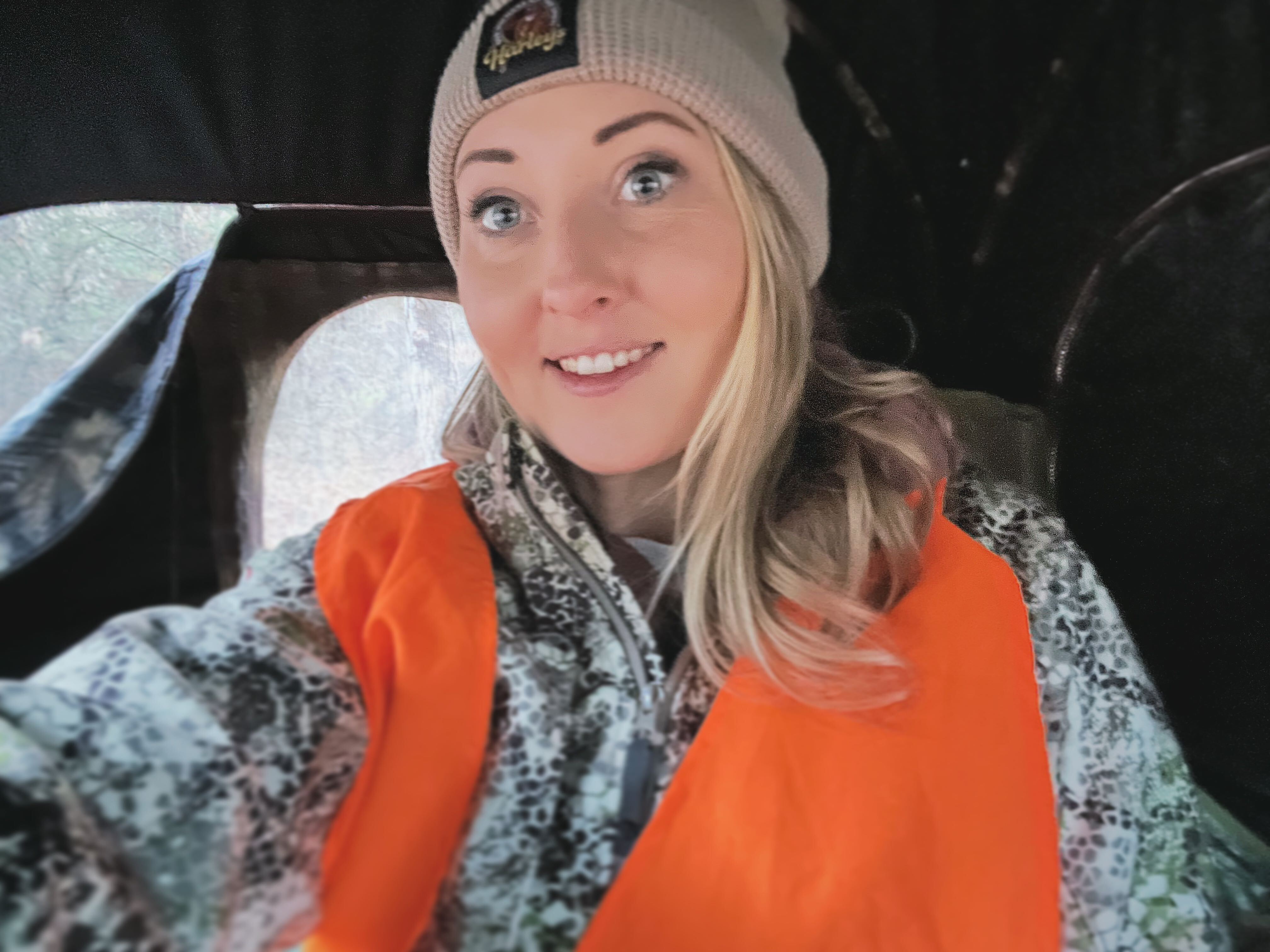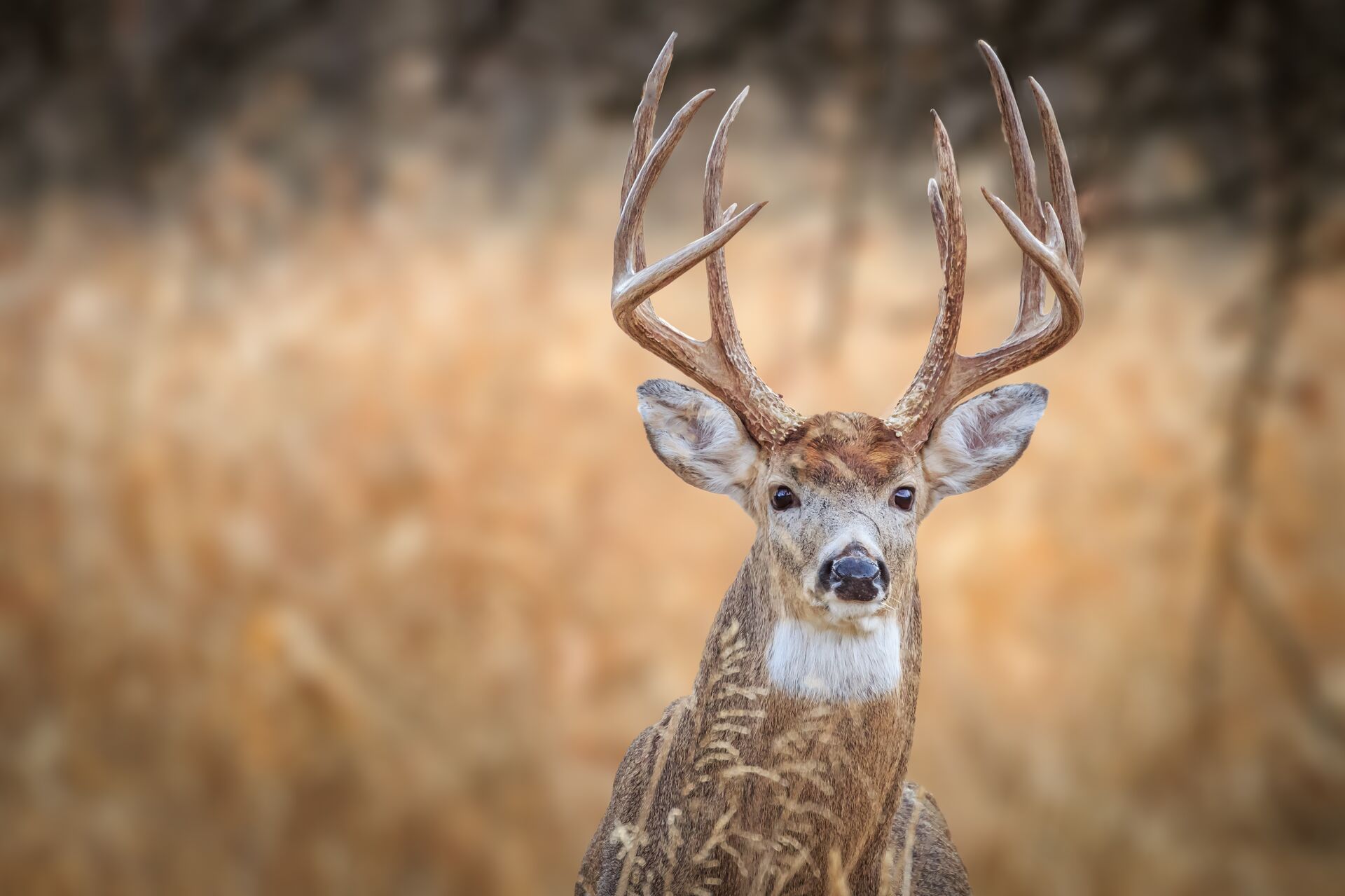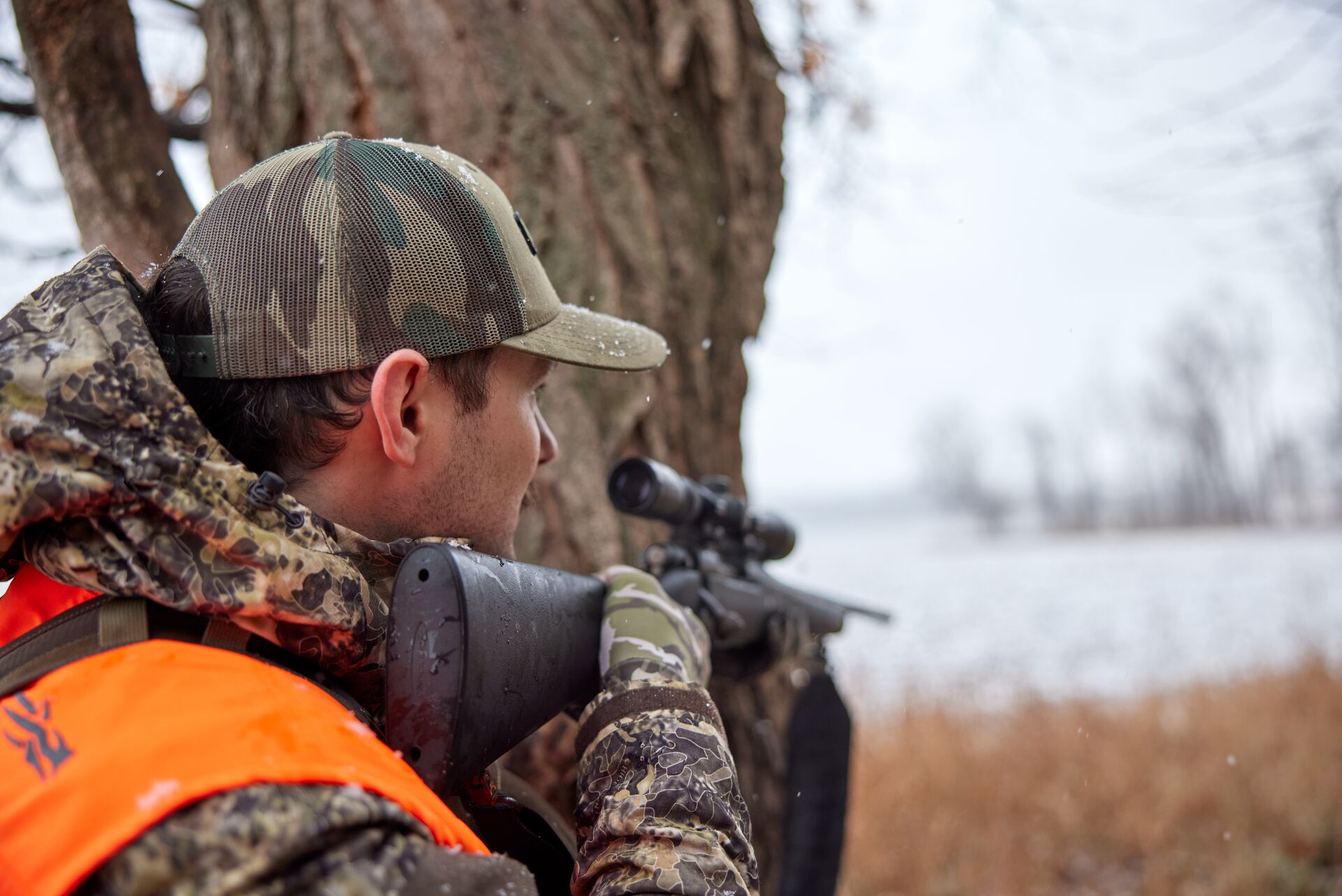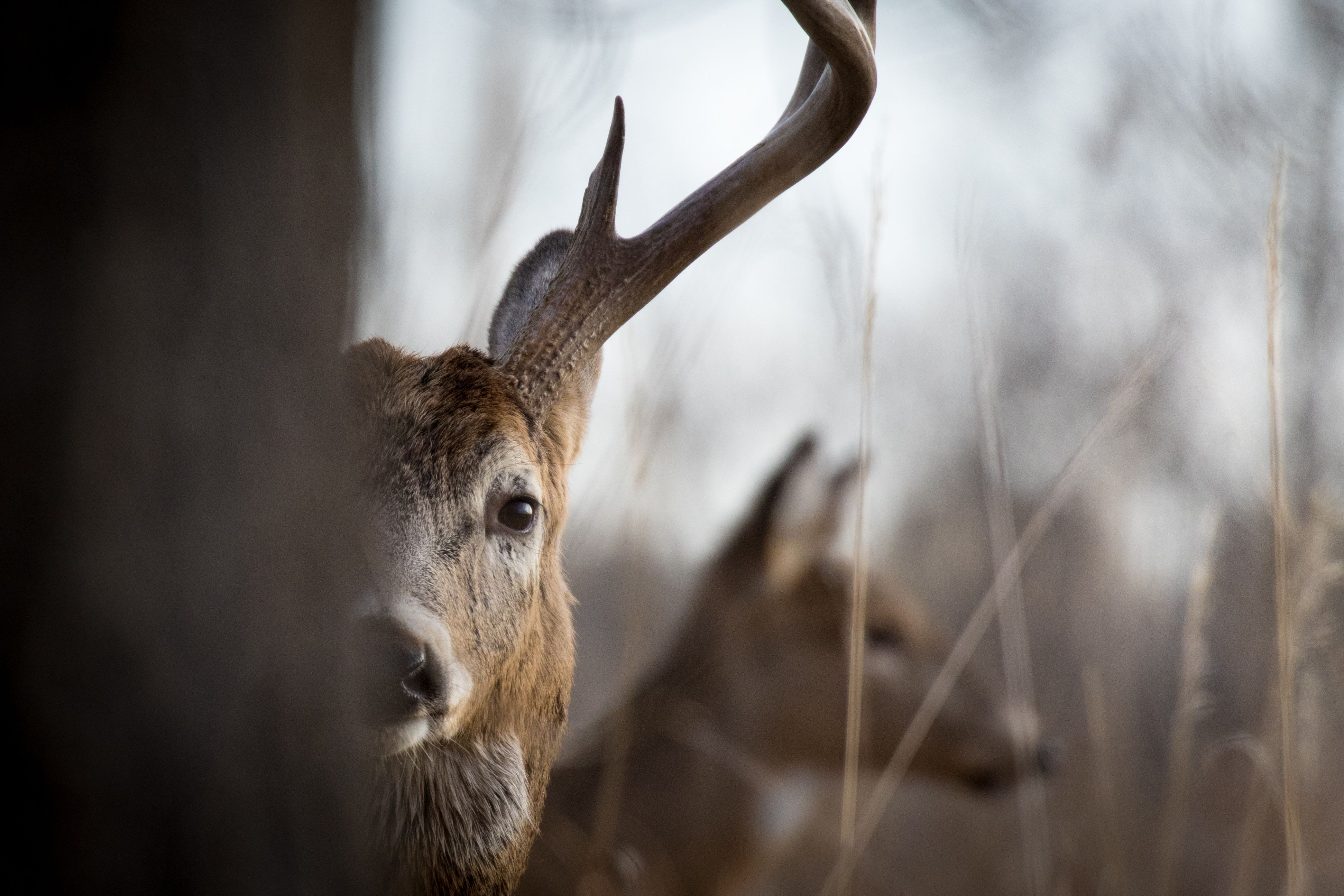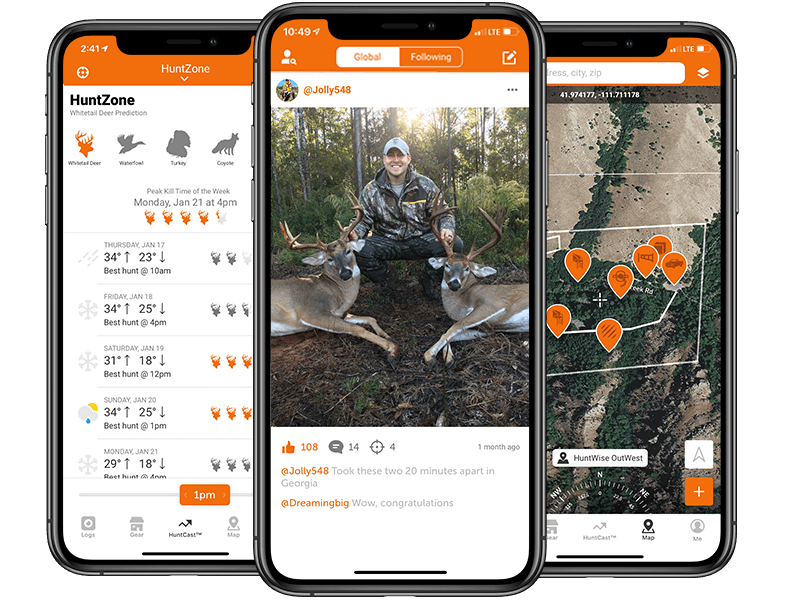Field Guide / Hunting Tips
How to Trick Trophy Bucks Using Scents, Calls, and Decoys
Every hunter knows that bagging trophy bucks is a mixture of skill and luck. You must have the shooting skill to put the big boy down. However, the skill in trickery and deceit plays a significant role in getting a nice buck in range.
Previous in Hunting Tips
More Content Like This
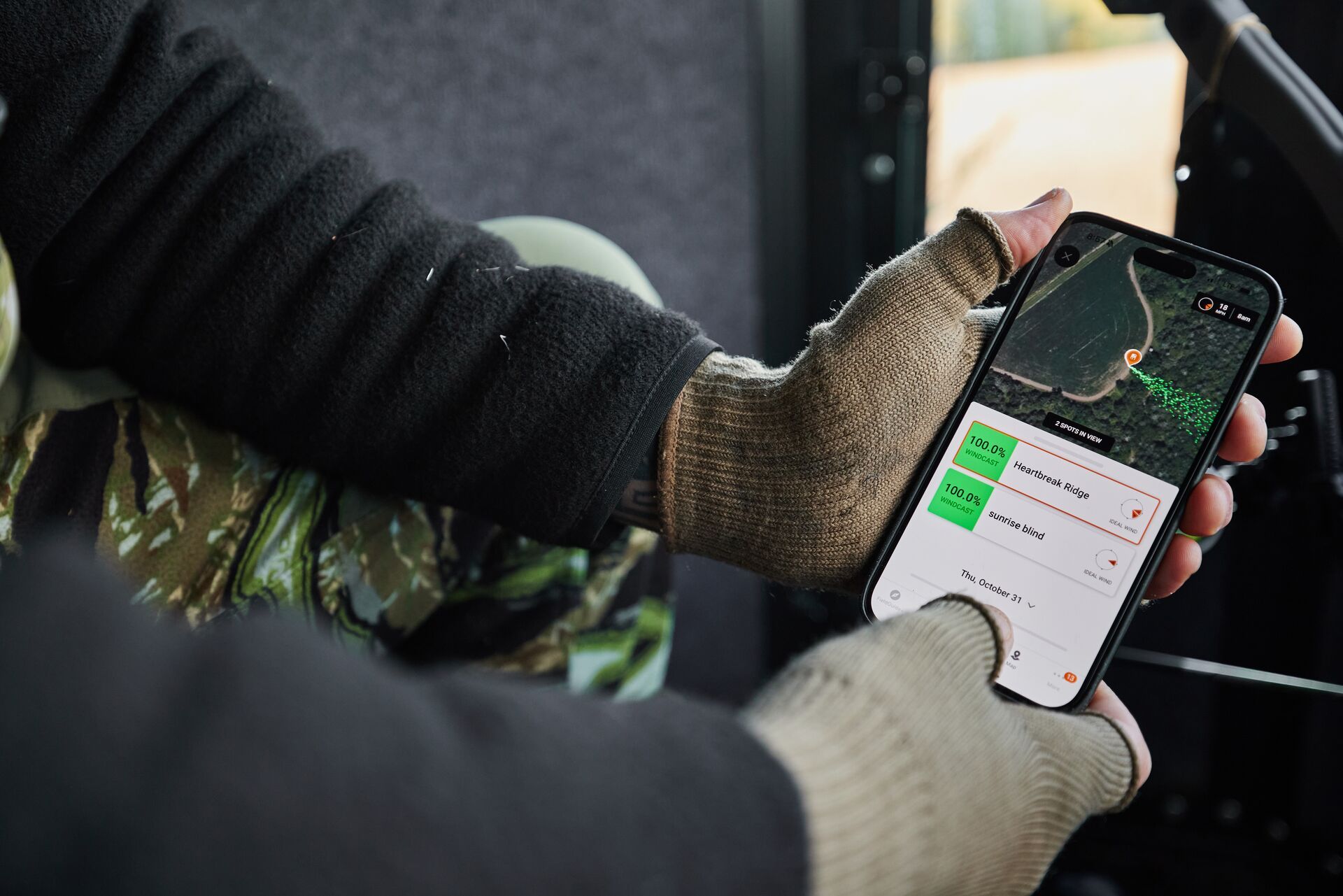
How to Improve Your Hunt with a Hunting Weather App
Hunting is often all about timing. Hunting apps, especially those that offer weather data, have become essential for hunters to gather insights on wind direction, temperature, conditions, barometric pressure, and more. Read More
Read More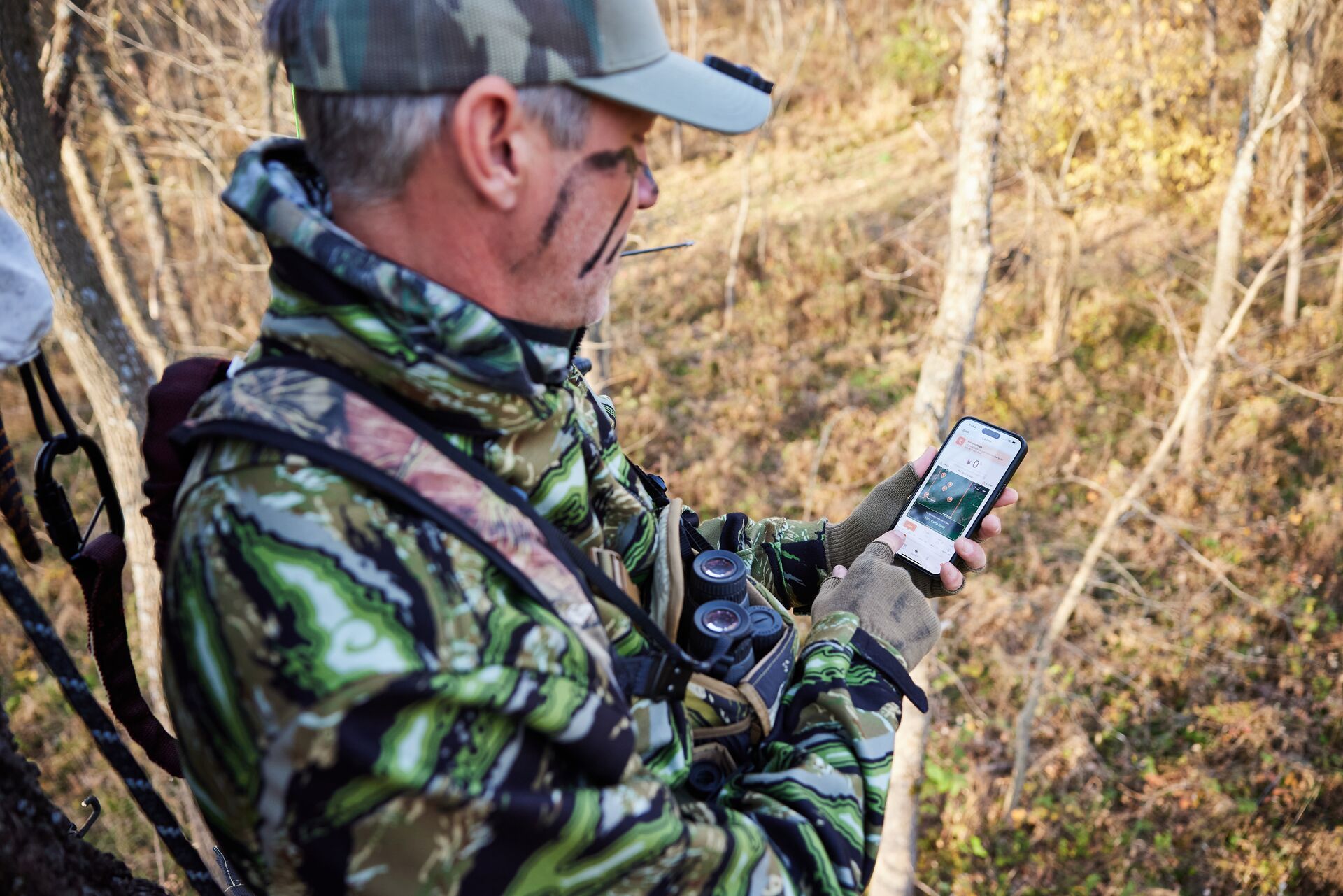
Why You Should Use WindCast for the Best Wind Direction for Hunting
Getting winded can ruin any hunt during any season. You could go the old-fashioned route of licking your finger and holding it up to guesstimate the direction of the wind, but we believe using the WindCast feature in the HuntWise app is a more reliab...Read More
Read More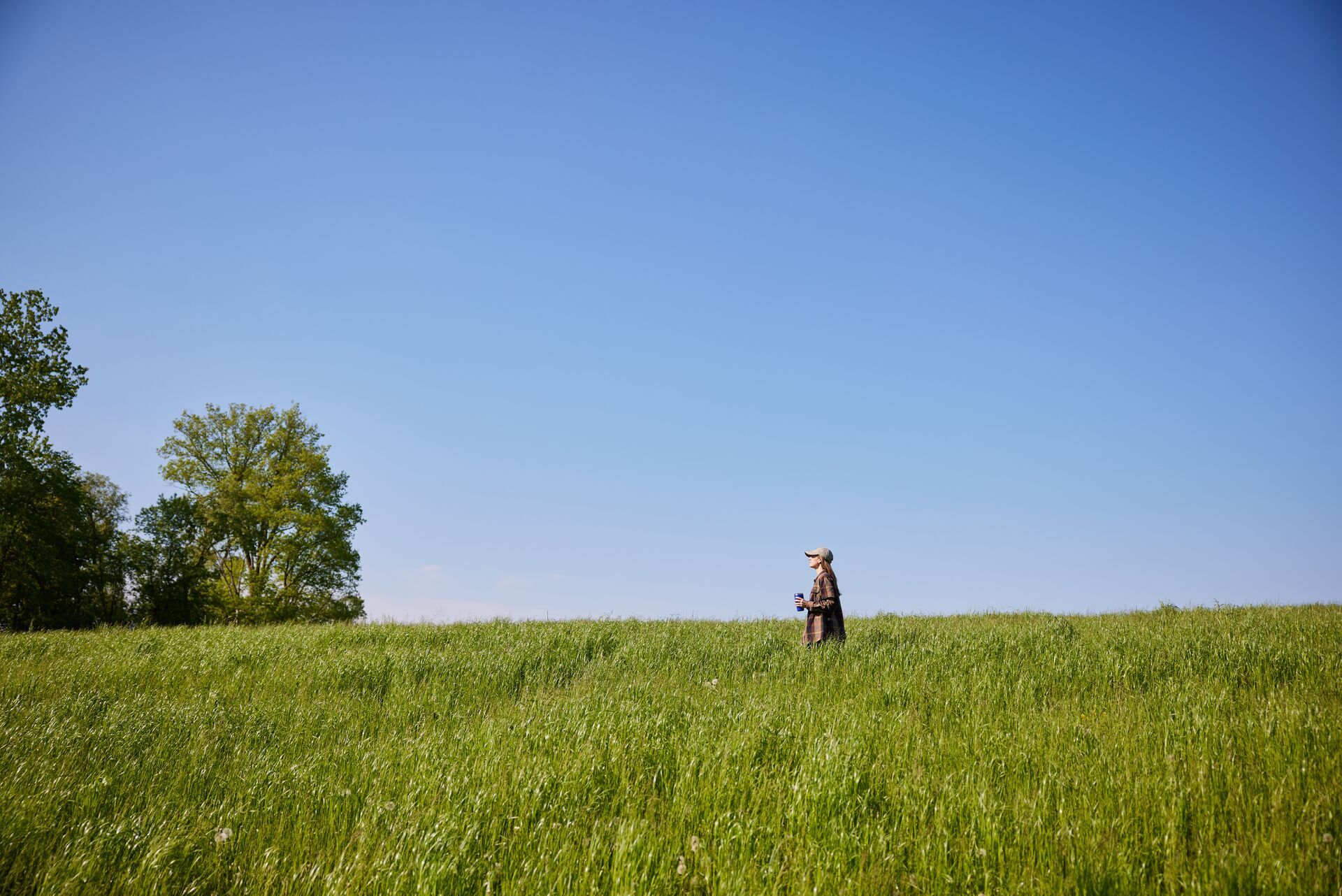
How to Find Private Hunting Land Near Me: A Guide
The success of your hunting season could depend on the land you plan to hunt. Whether it's public or private land, you need a spot you can scout and learn about, then delivers on that big buck or turkey you want to bring home by the end of your time ...Read More
Read More Hunting Tips
Hunting TipsHow to Improve Your Hunt with a Hunting Weather App
Hunting is often all about timing. Hunting apps, especially those that offer weather data, have become essential for hunters to gather insights on wind direction, temperature, conditions, barometric pressure, and more. Read More
Read More Hunting Tips
Hunting TipsWhy You Should Use WindCast for the Best Wind Direction for Hunting
Getting winded can ruin any hunt during any season. You could go the old-fashioned route of licking your finger and holding it up to guesstimate the direction of the wind, but we believe using the WindCast feature in the HuntWise app is a more reliab...Read More
Read More Hunting Tips
Hunting TipsHow to Find Private Hunting Land Near Me: A Guide
The success of your hunting season could depend on the land you plan to hunt. Whether it's public or private land, you need a spot you can scout and learn about, then delivers on that big buck or turkey you want to bring home by the end of your time ...Read More
Read More
1 of 3
